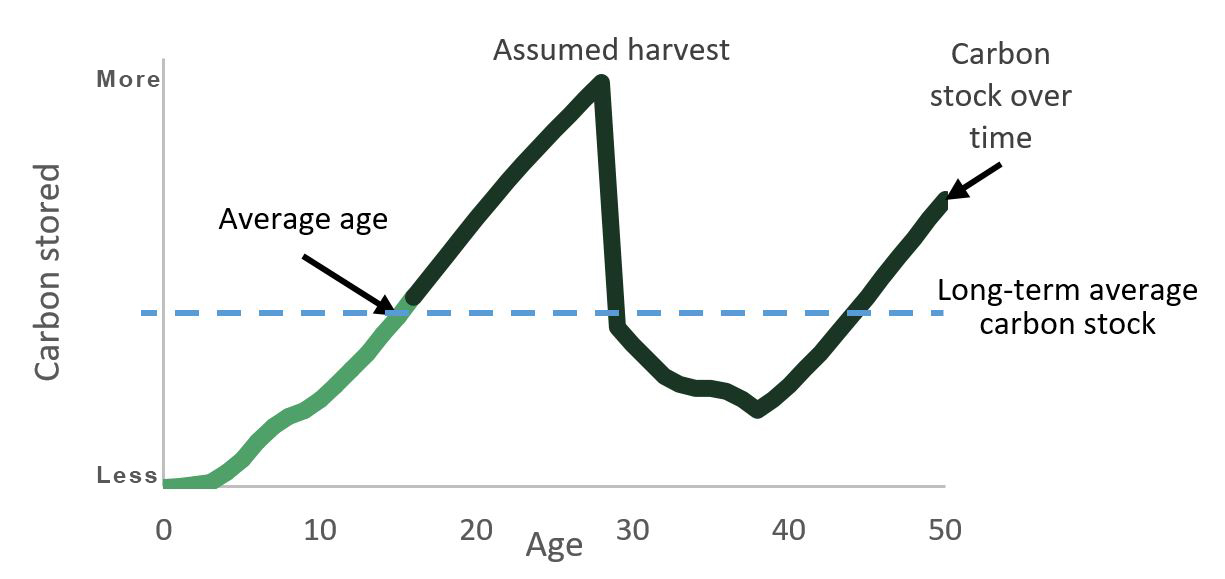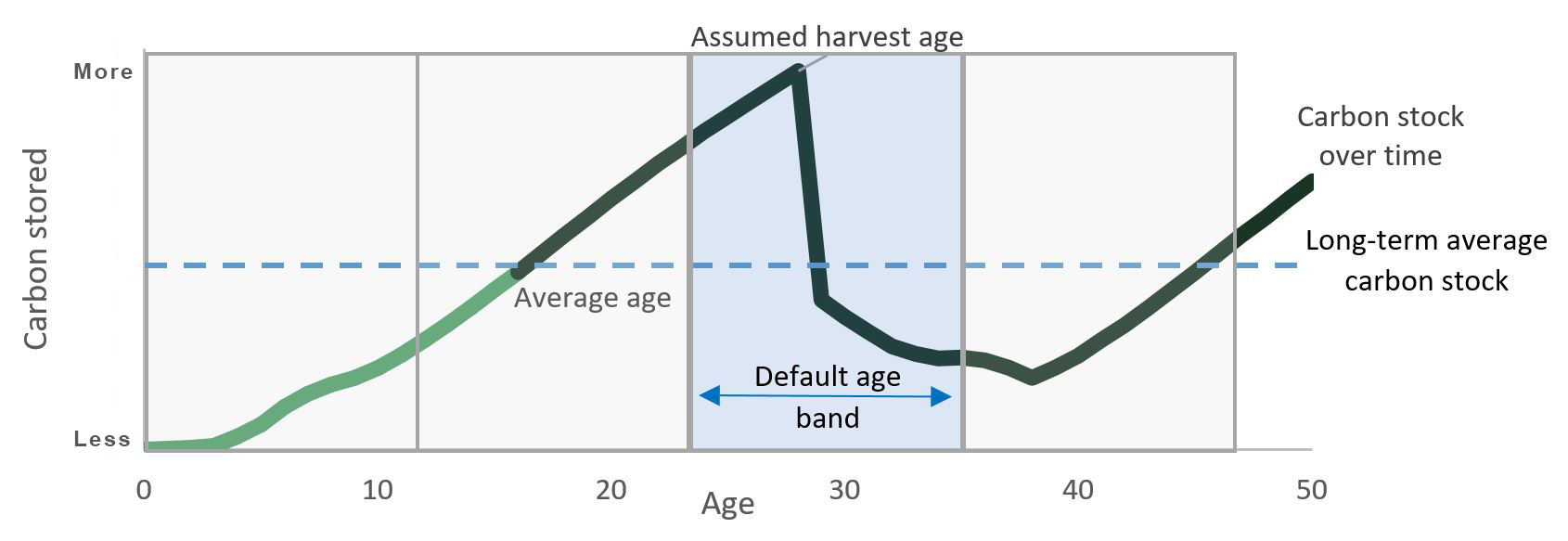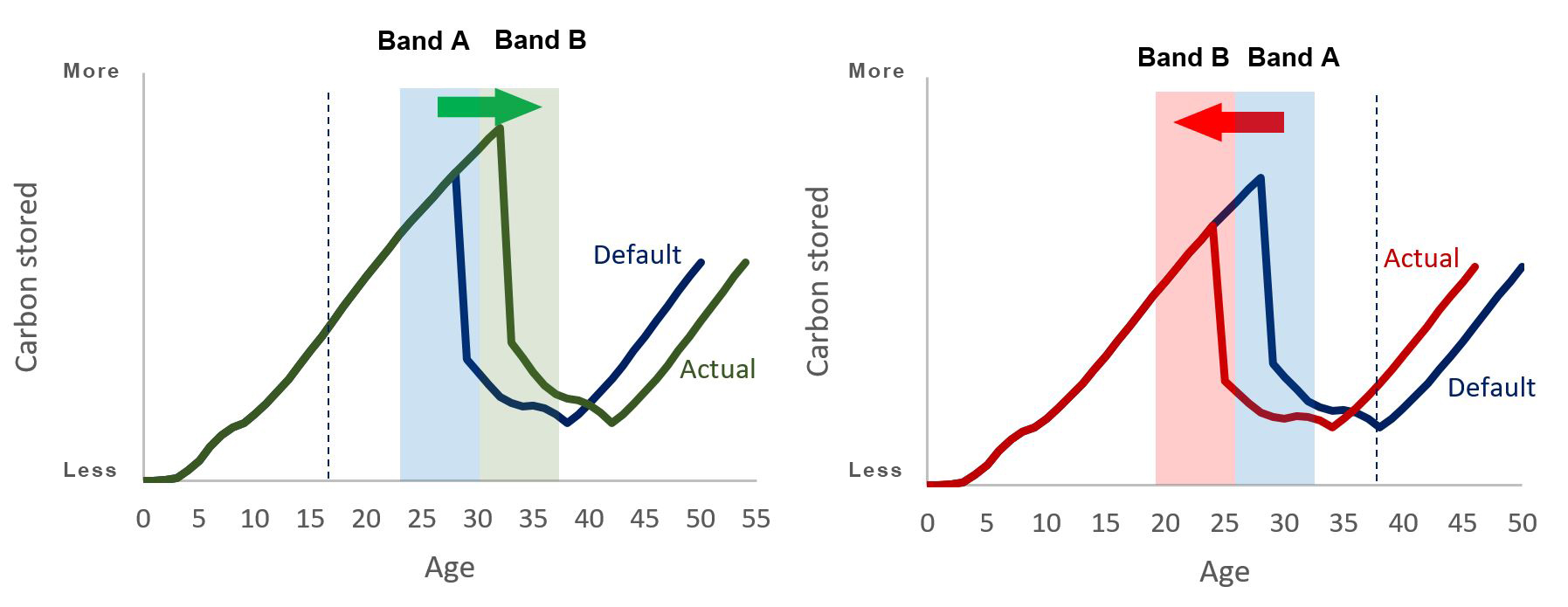UPDATE – 1 November 2021
The information on this web page relates to proposals for a consultation that closed on 9 April 2021. It is for your reference only – it is no longer correct.
Following the consultation, Cabinet made decisions on several major amendments to the Climate Change (Forestry Sector) Regulations 2008.
Find out about the consultation on climate change regulations and the decisions










